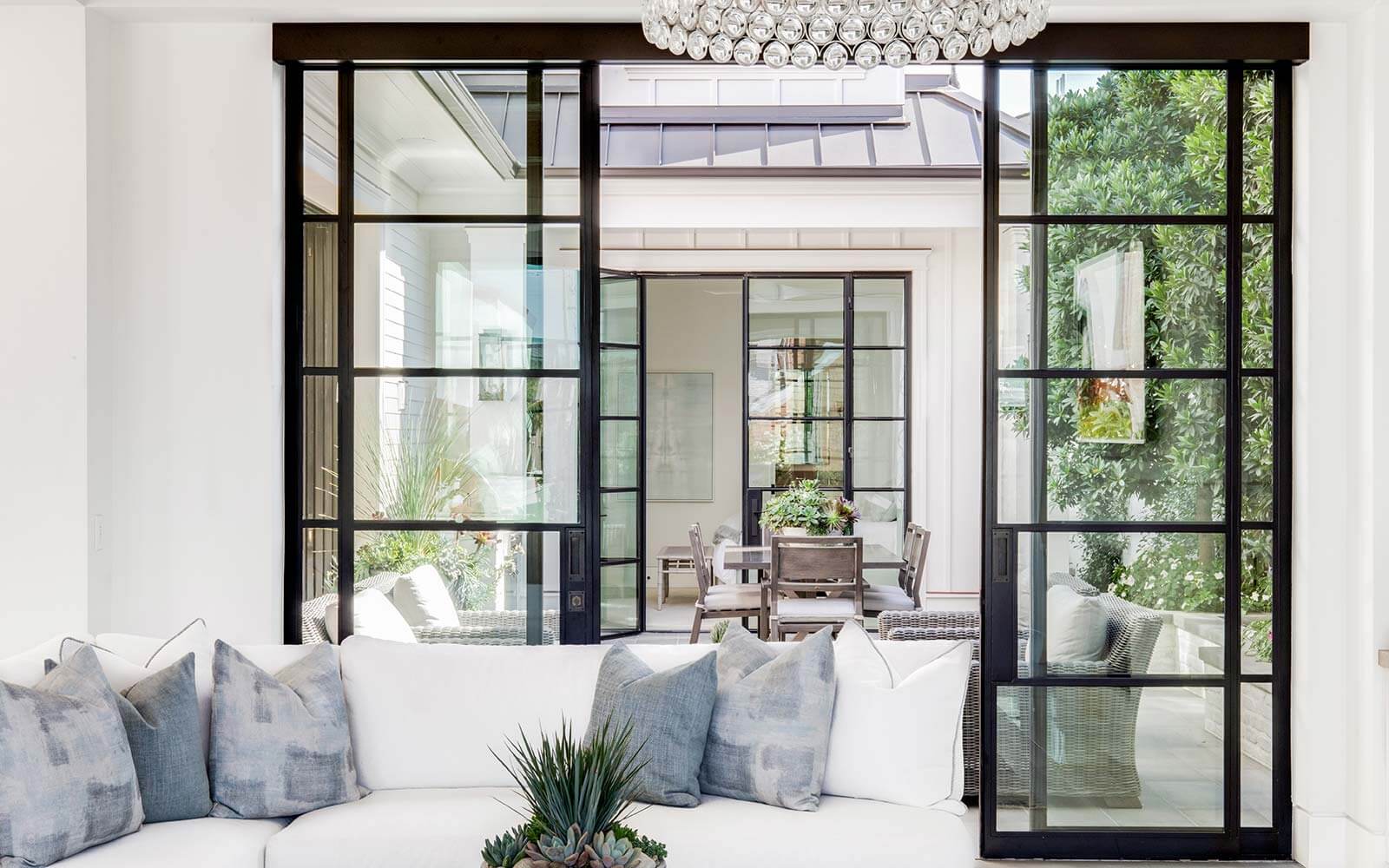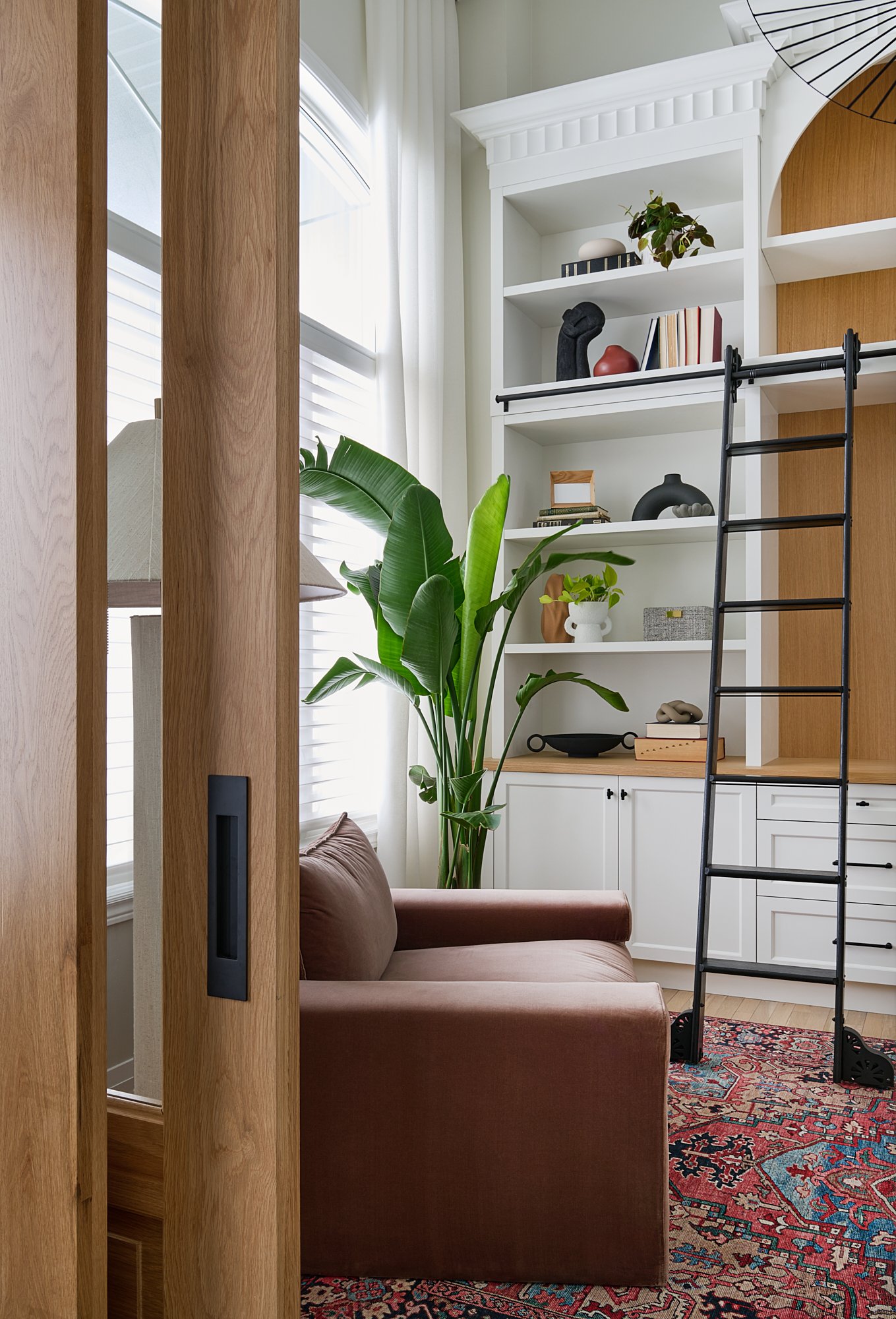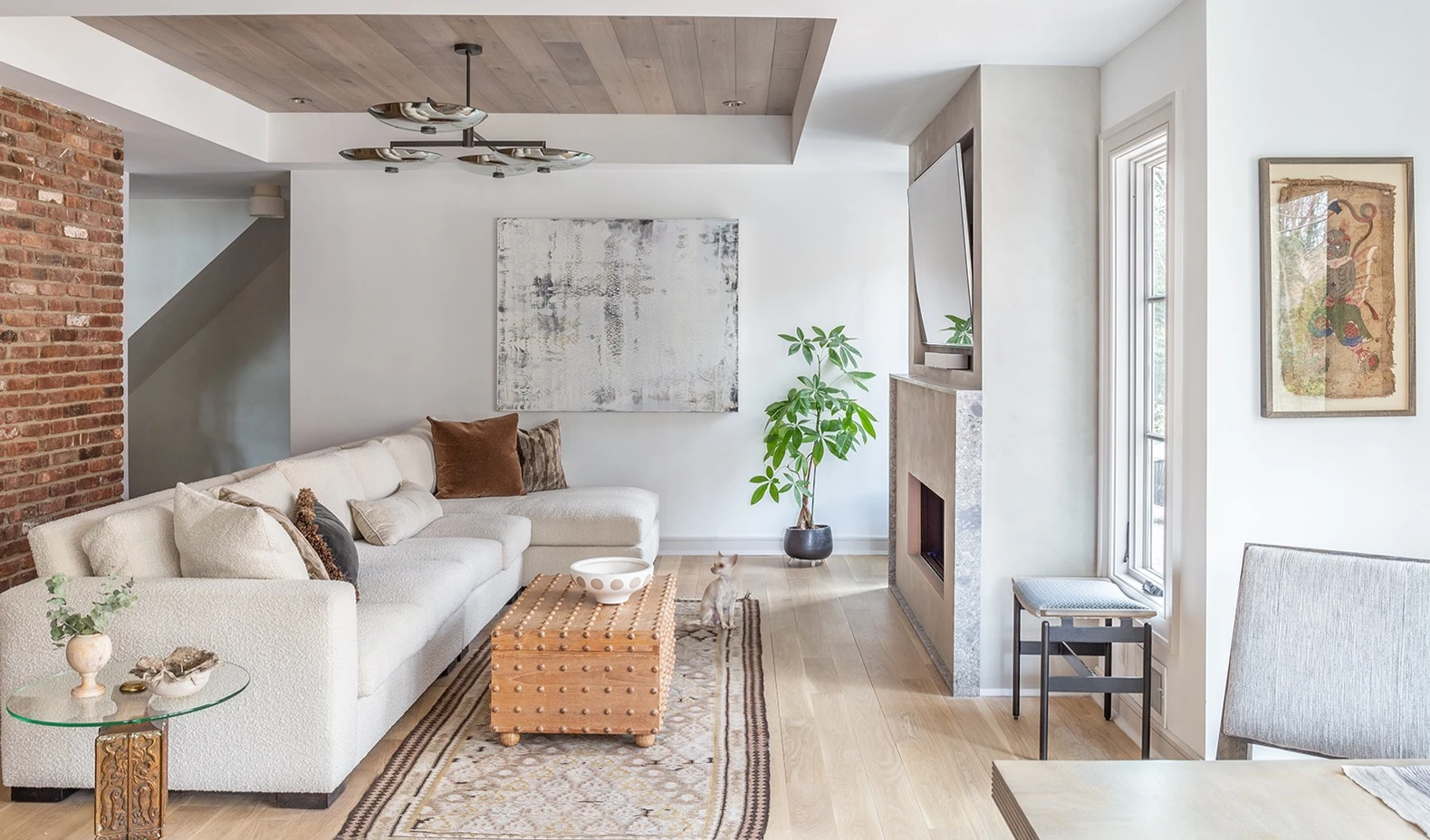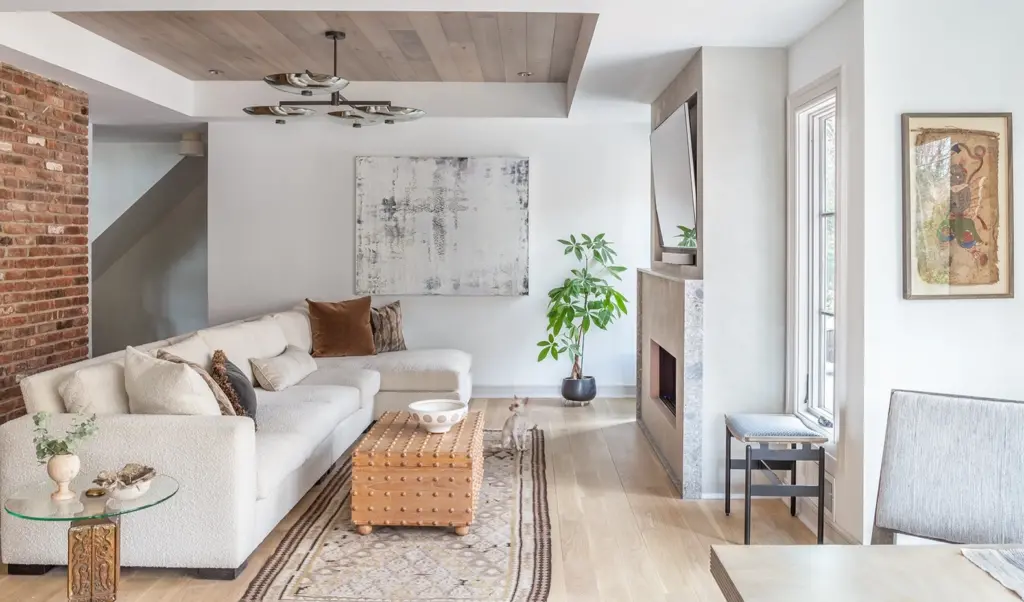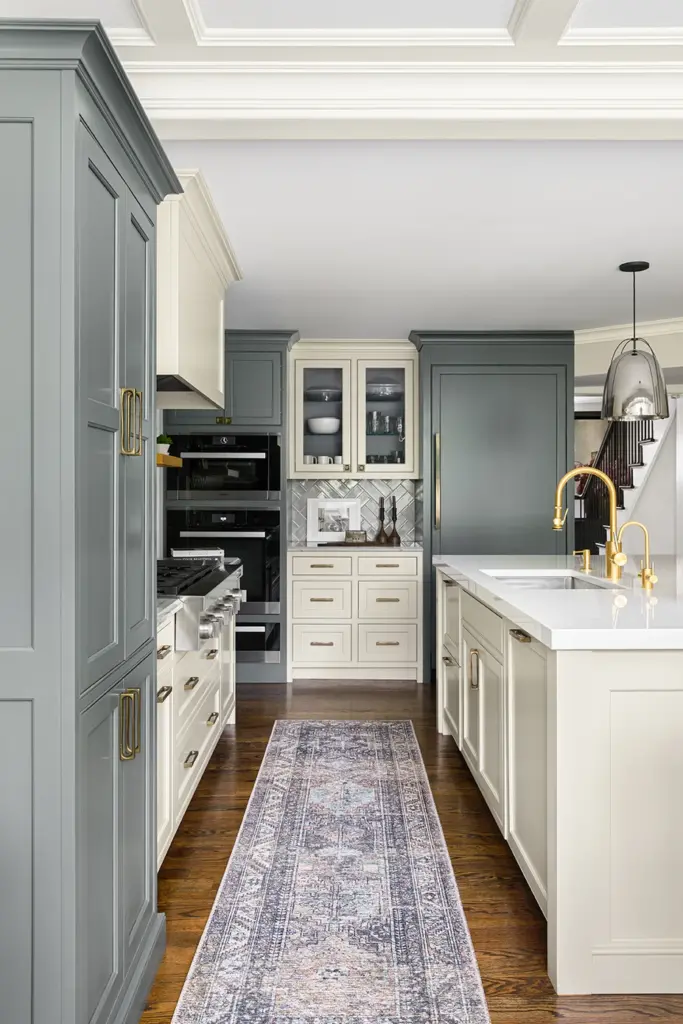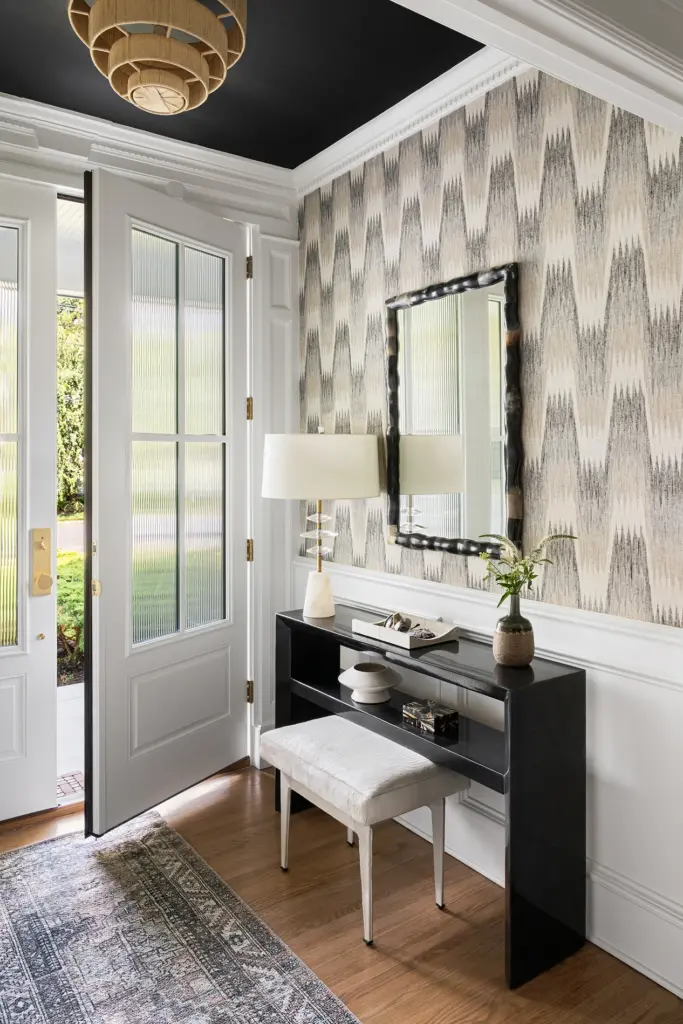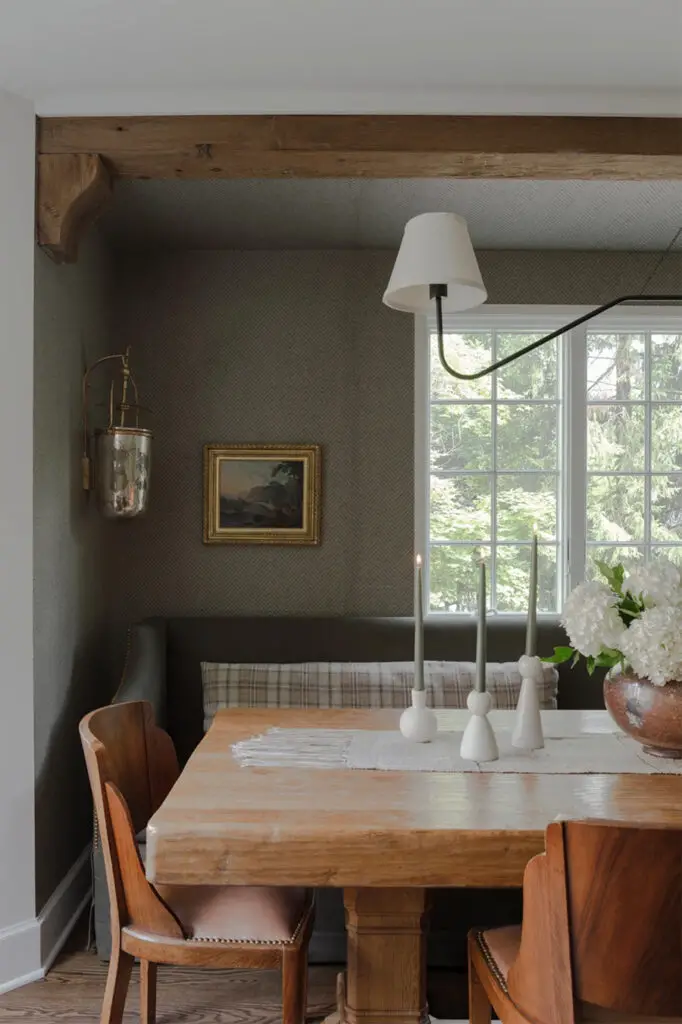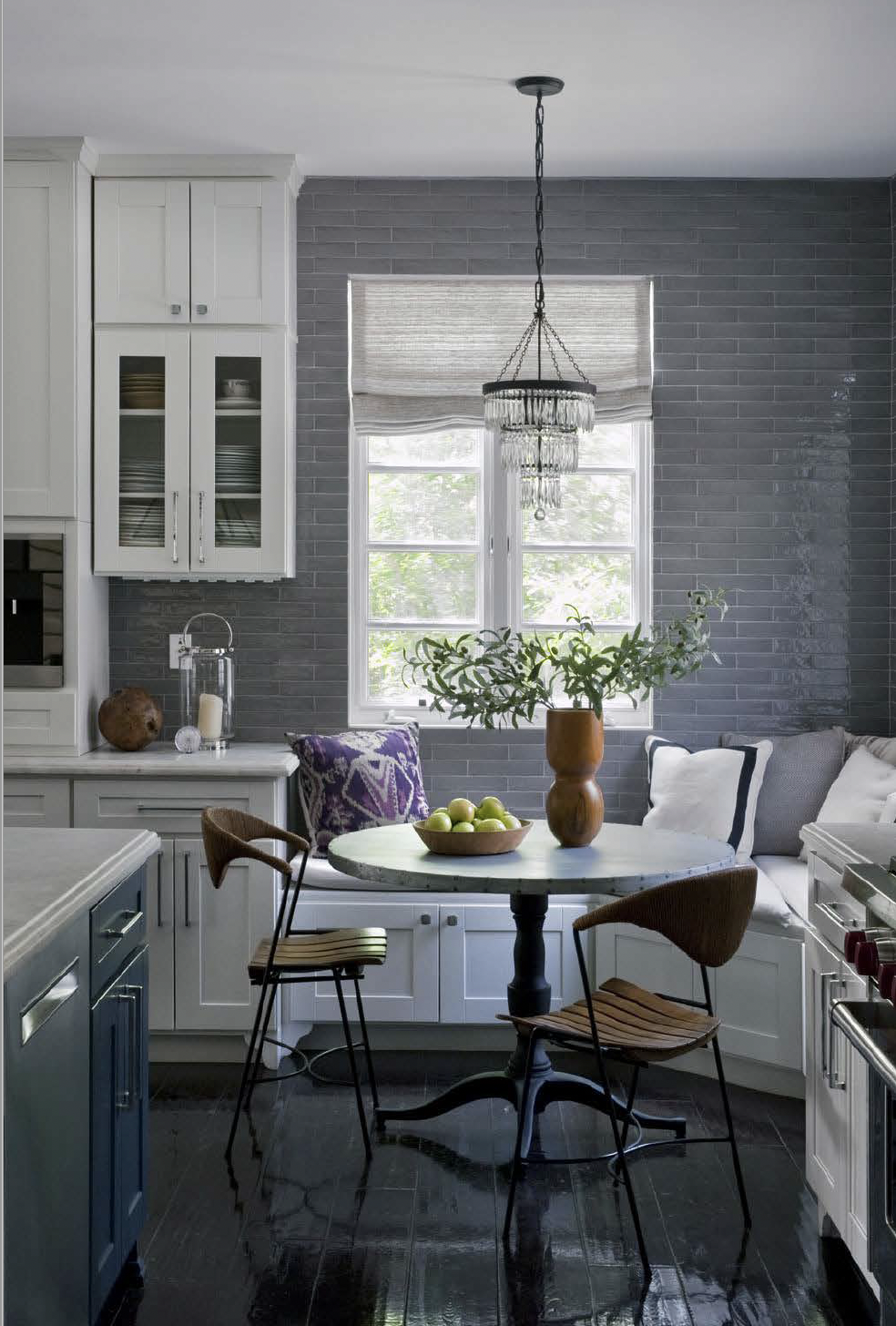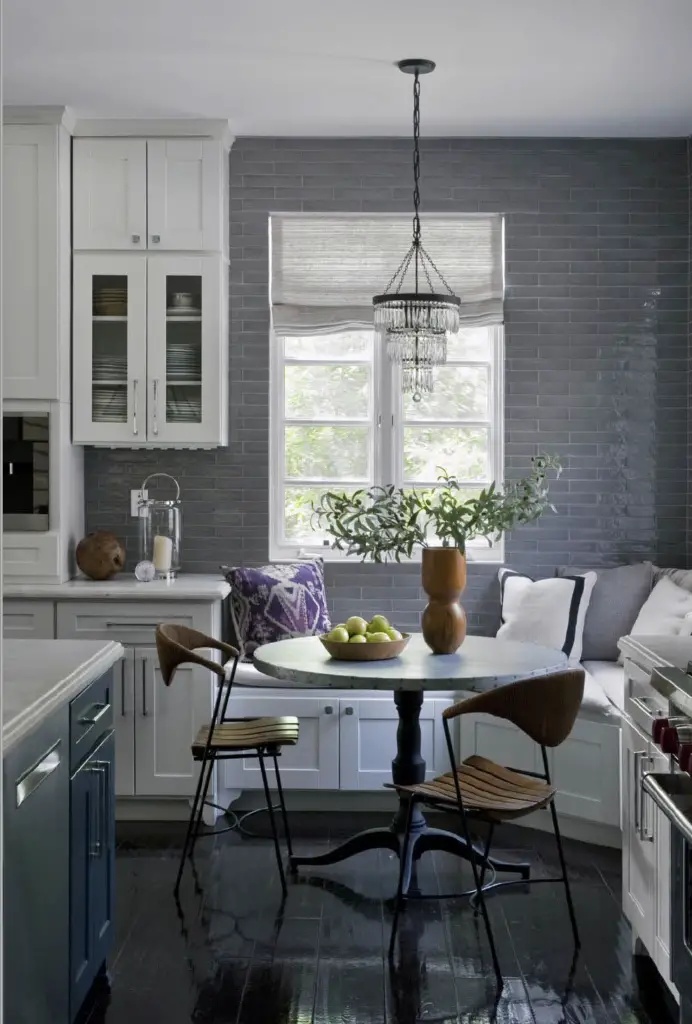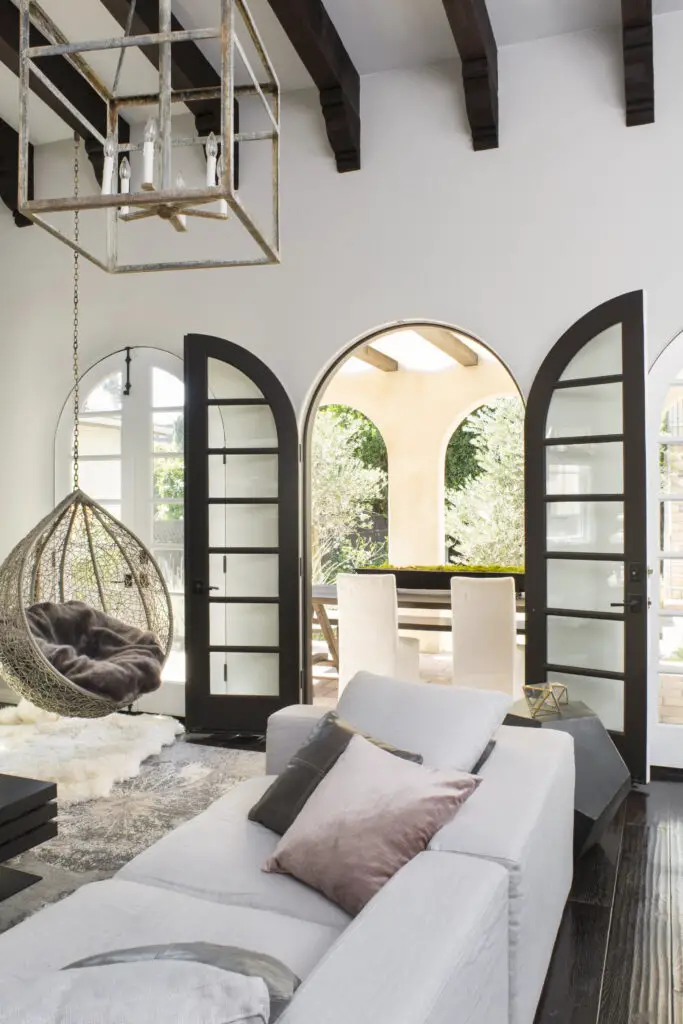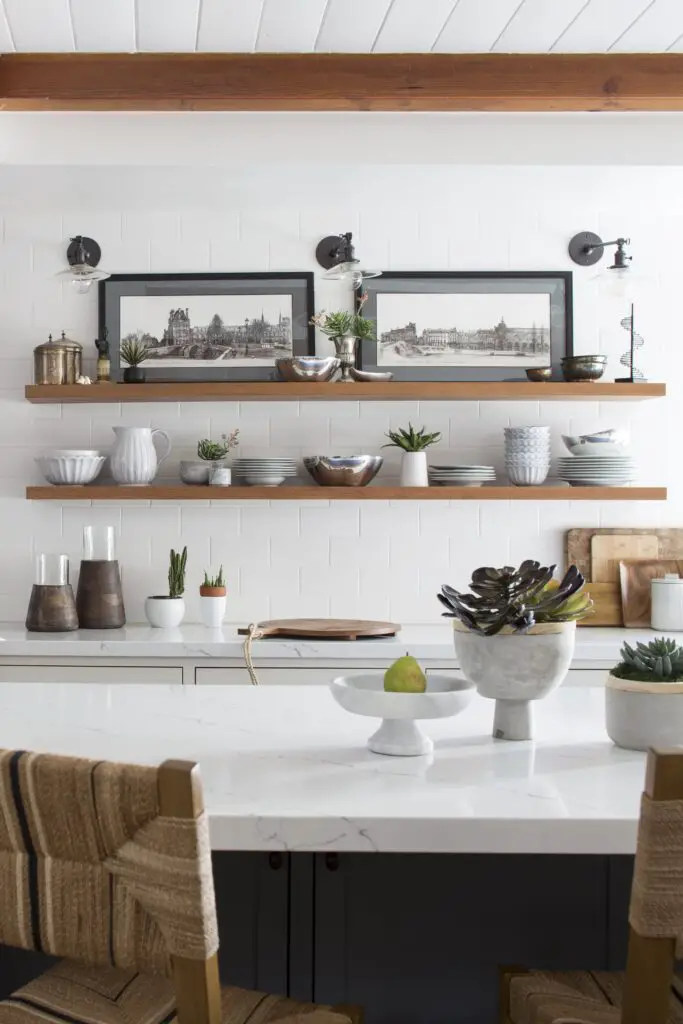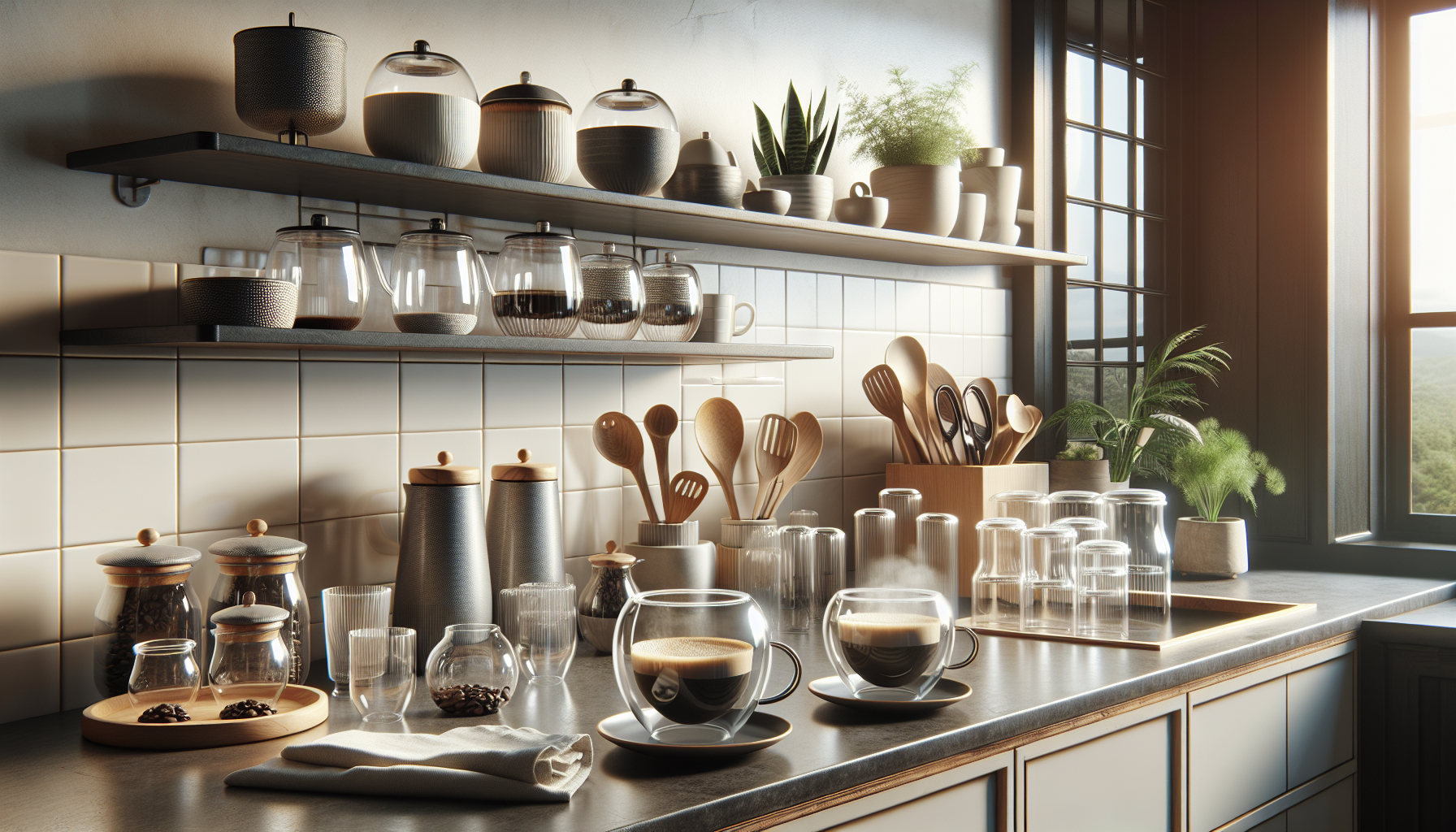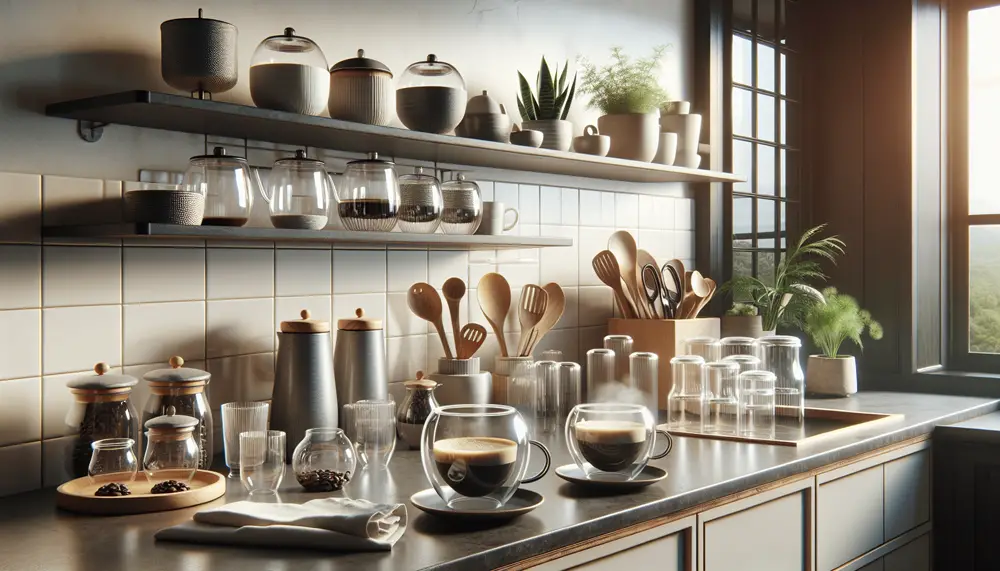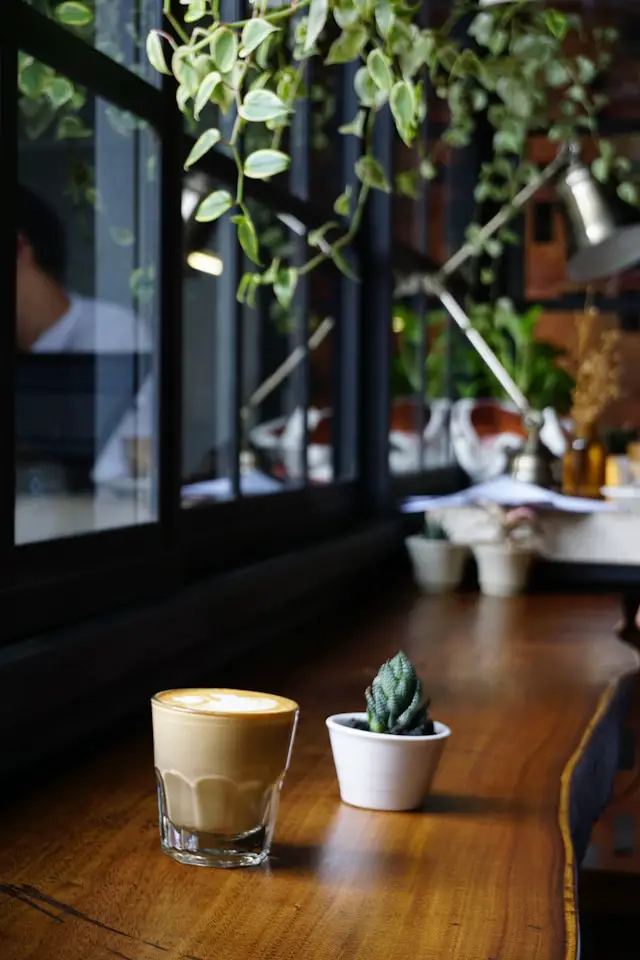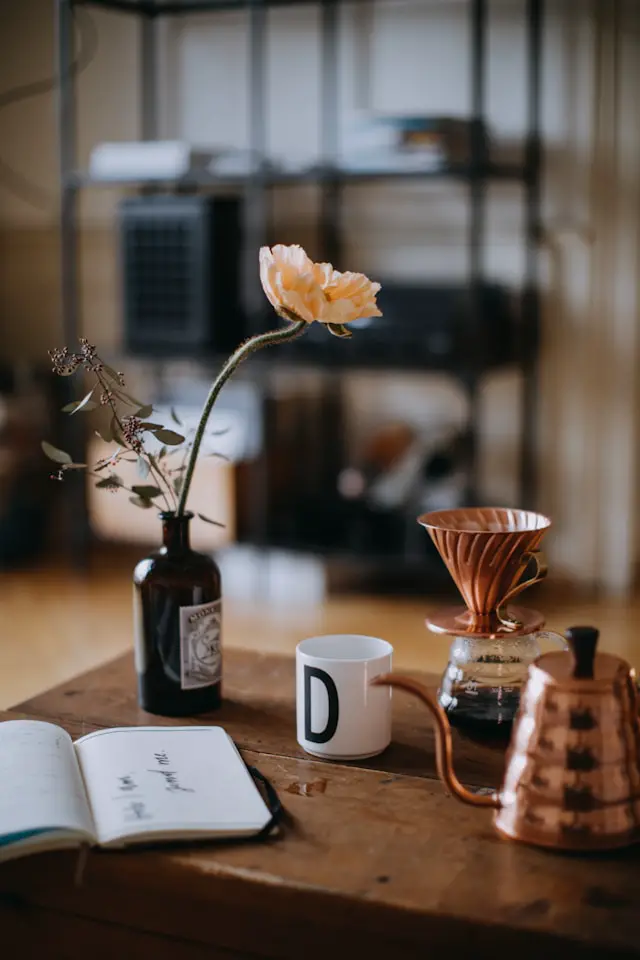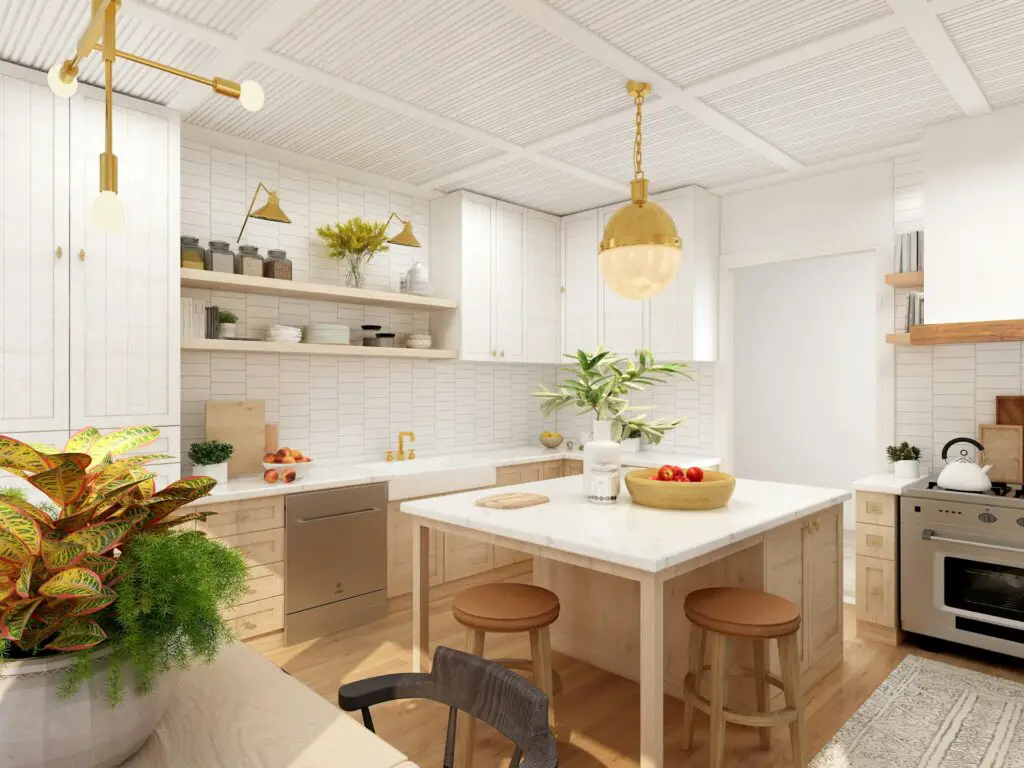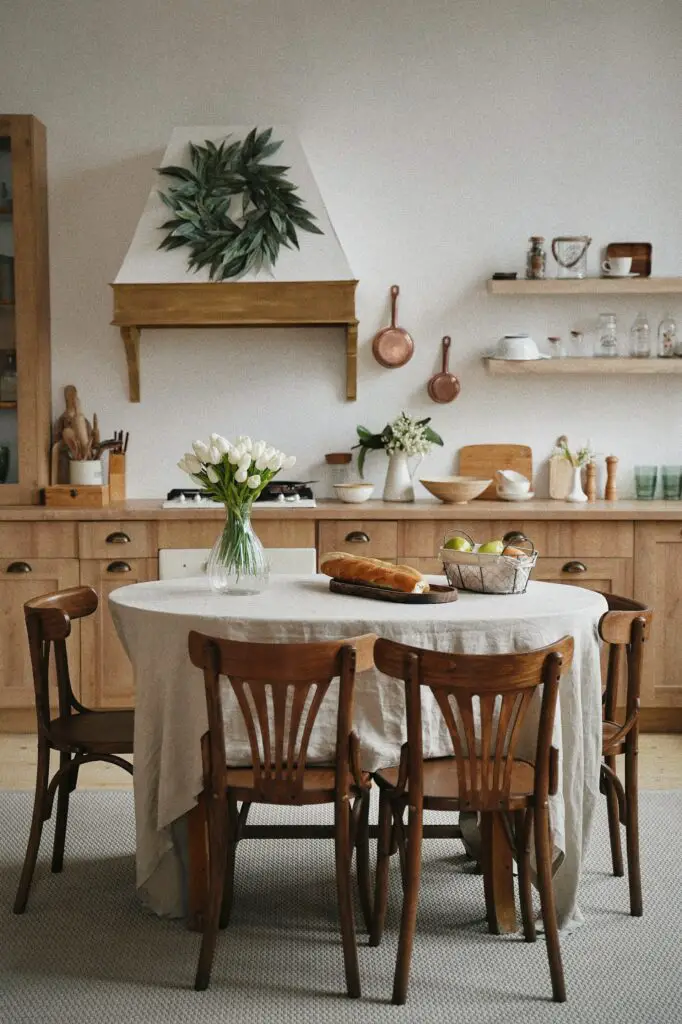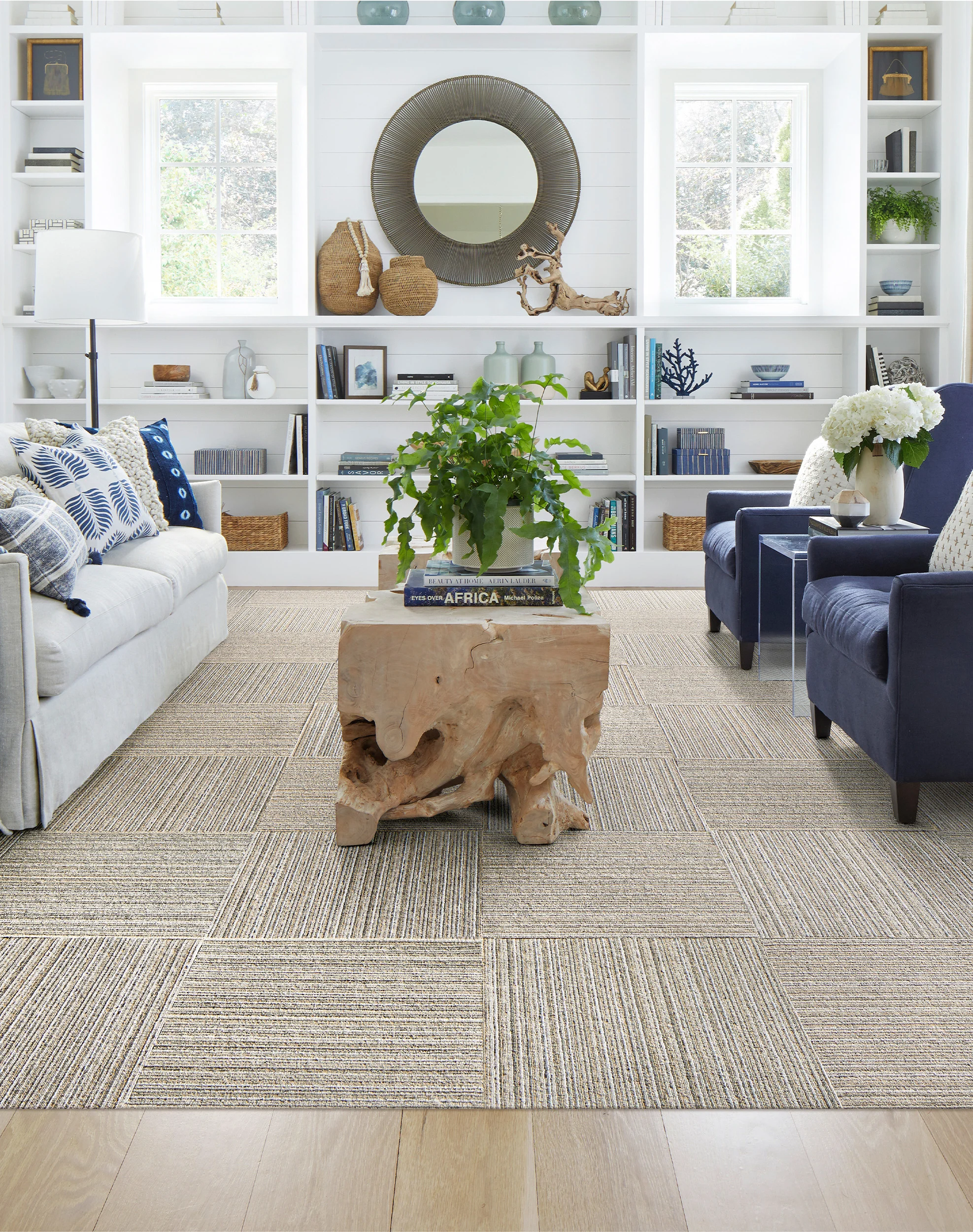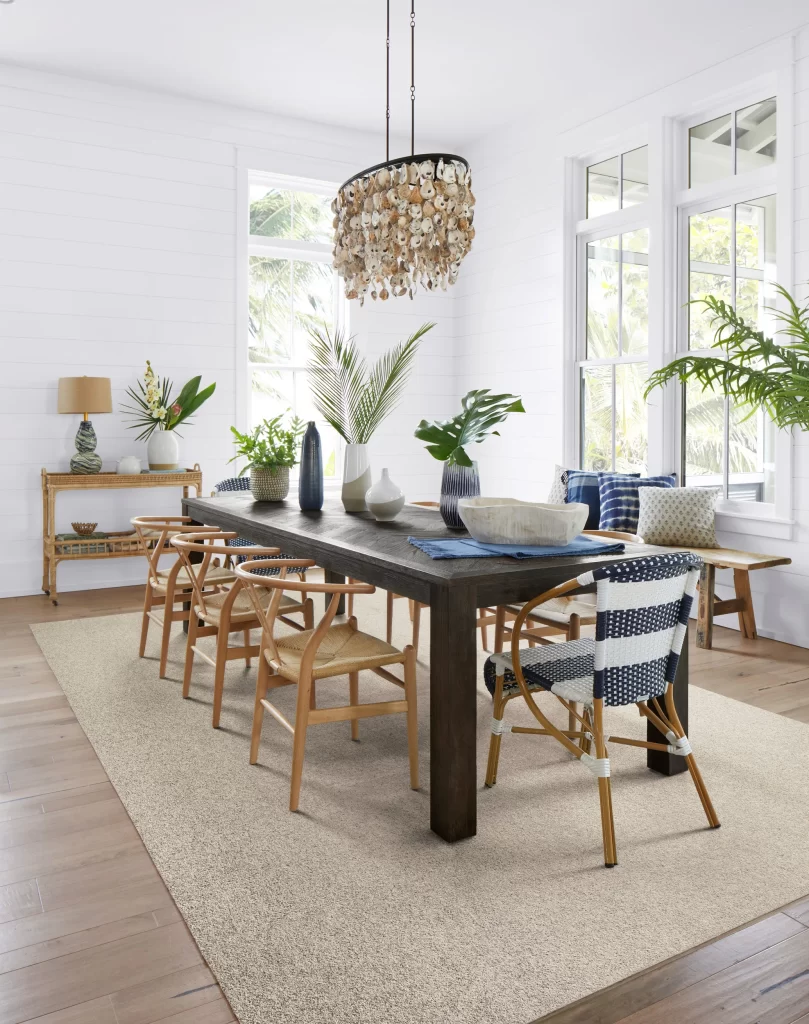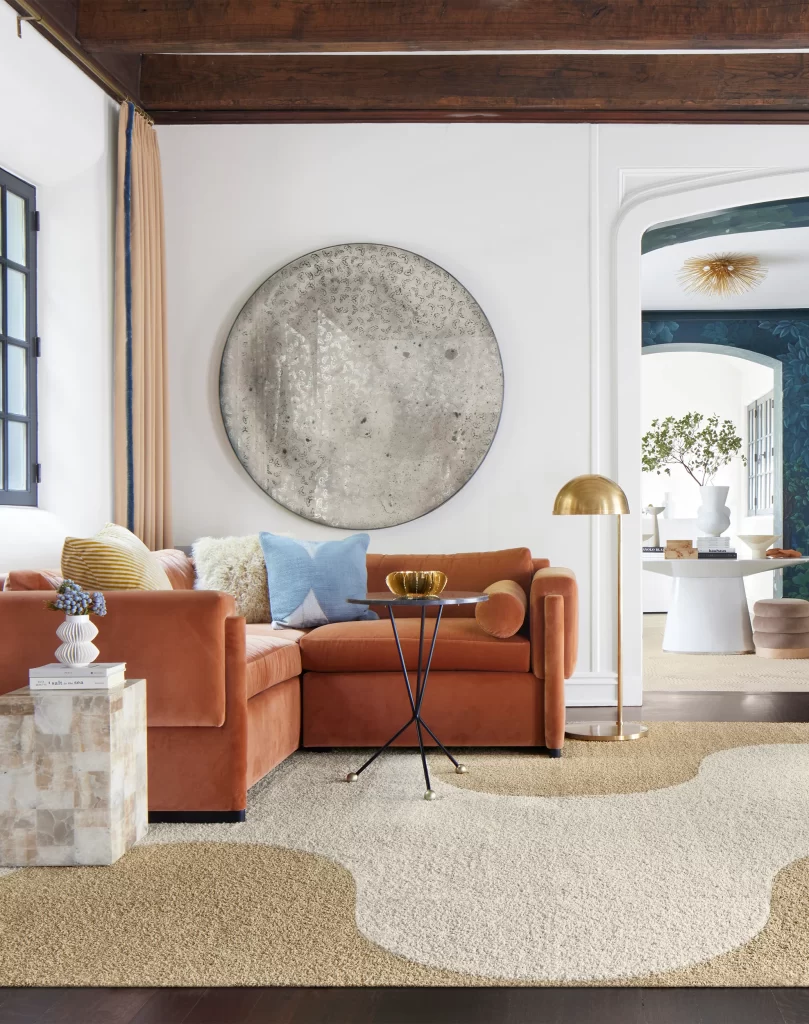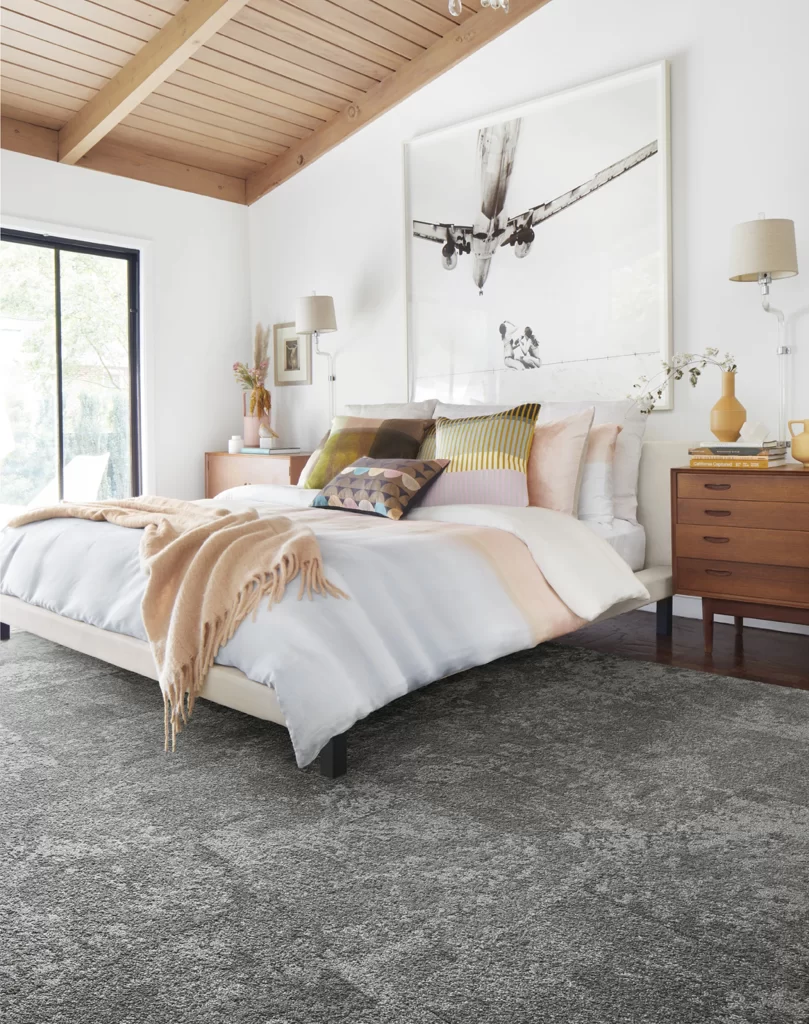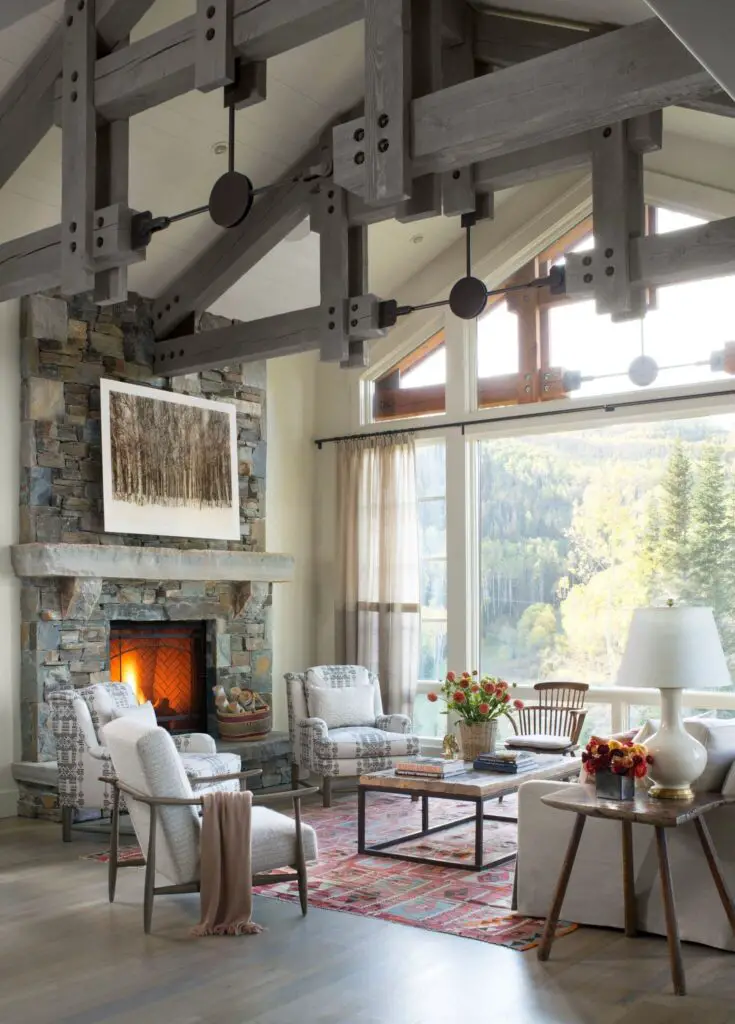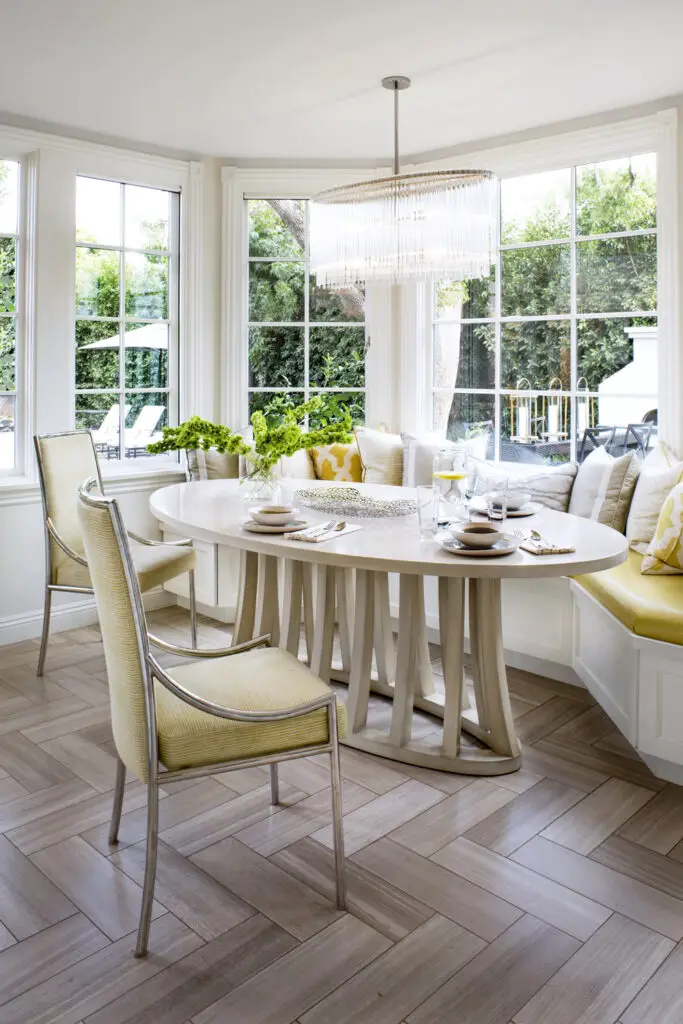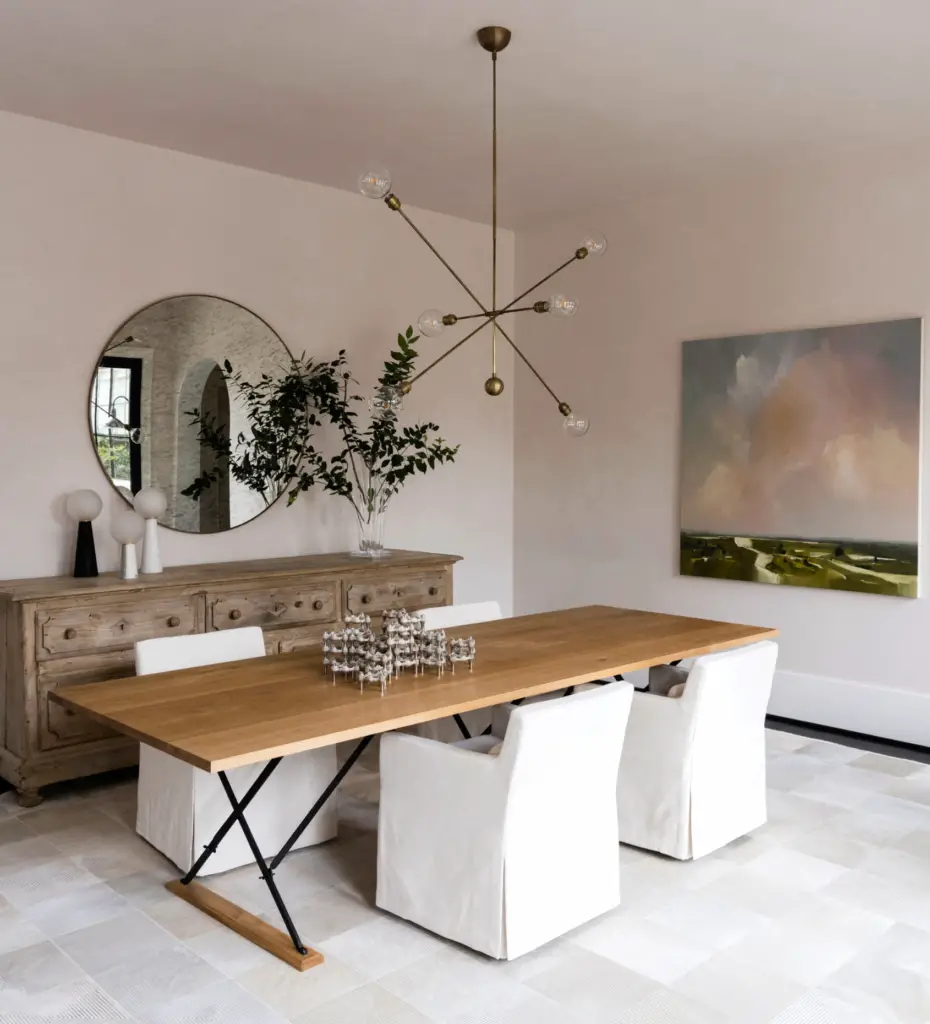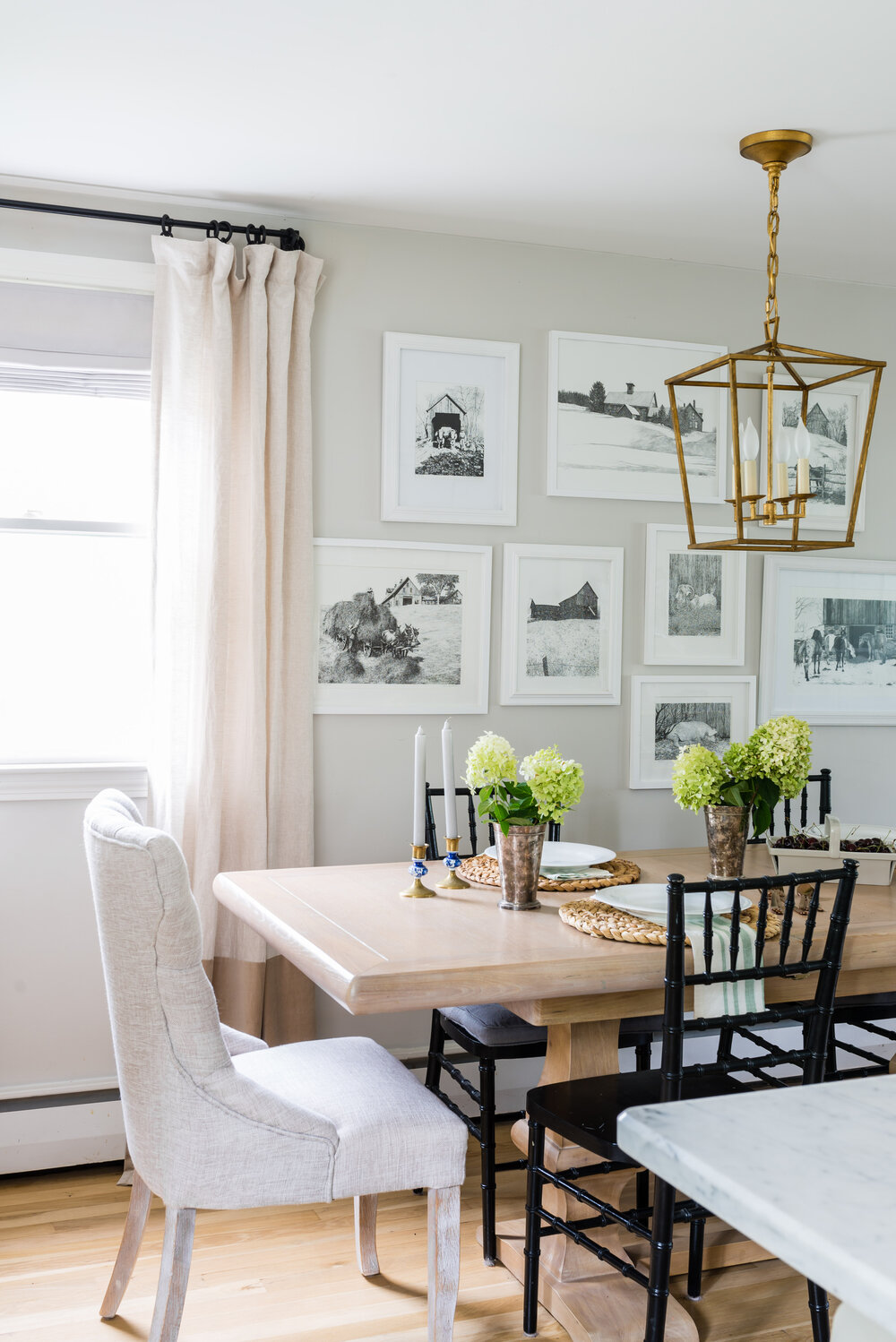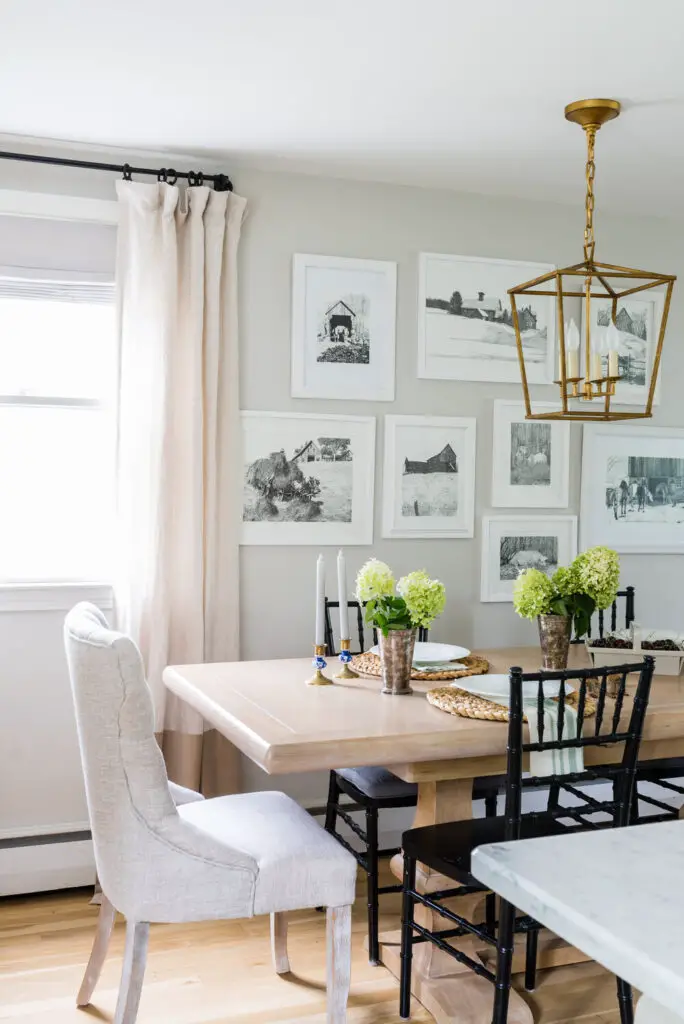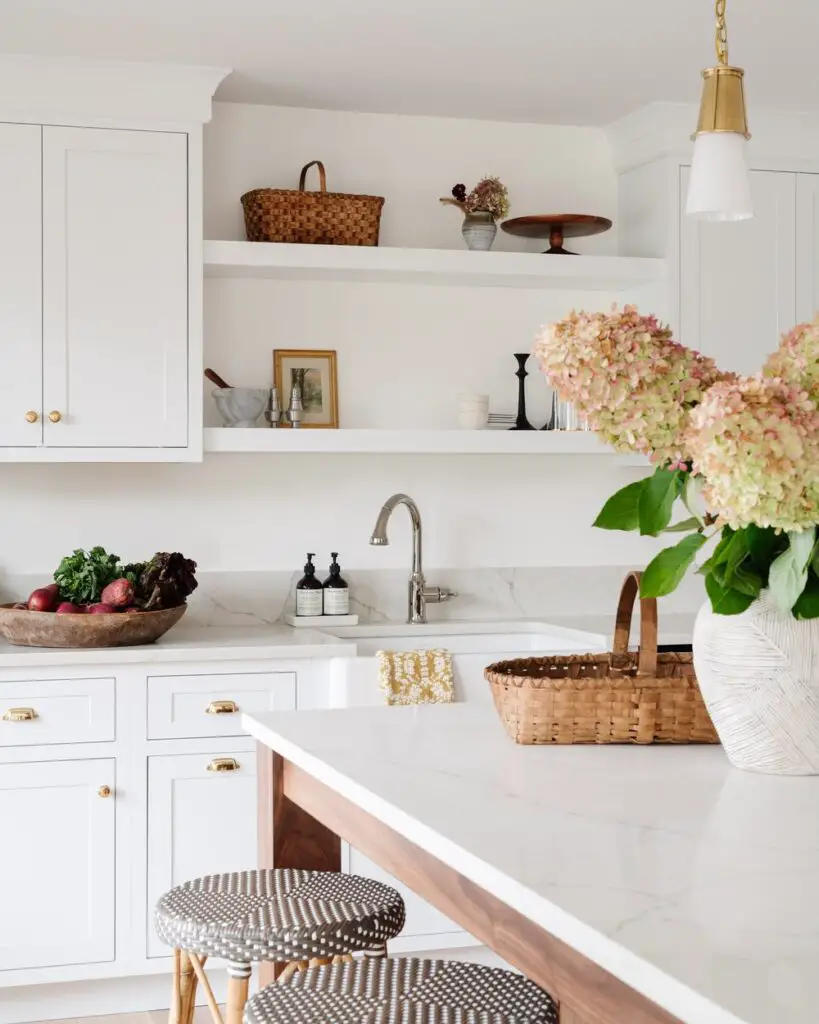Windows are more than just a design feature of your home. They provide ventilation, natural light, and insulation, contributing to the overall comfort and energy efficiency of your living space. However, when windows begin to fail, whether through age, wear, or damage, it’s important to address these issues promptly. Whether you’re in need of windows repair or considering a window installation service, understanding your options can help you make the best decision for your home.
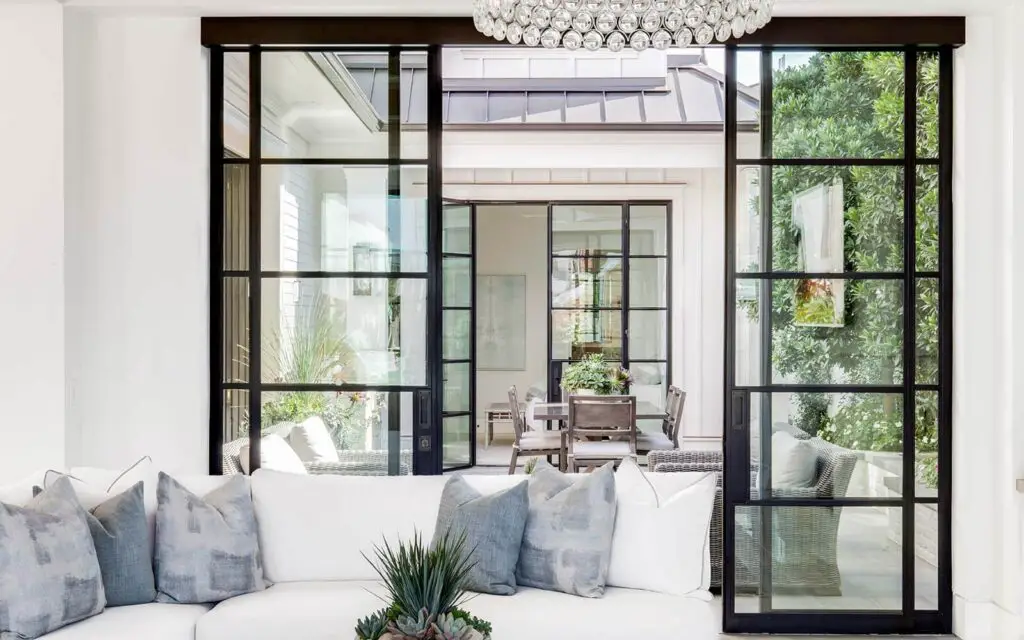
When Should You Opt for Windows Repair?
Windows can suffer from a range of issues that, if not addressed, can lead to further problems. Common signs that your windows might need repair include:
- Drafts: If you feel a cold draft near your windows, it’s a sign that they are no longer properly sealed. This can lead to increased energy bills as your heating system works harder to compensate.
- Condensation between the Panes: If you notice fogging or condensation inside double-pane windows, it may indicate that the seal is broken and the insulating gas has escaped.
- Difficulty Opening or Closing: Over time, windows can become misaligned or the mechanisms can wear out, making it hard to open or close them.
For minor issues like these, window repair is often more cost-effective than a full replacement. Repair services can fix seals, replace damaged glass, or adjust the frame, restoring the window’s functionality and efficiency without the need for a complete overhaul.

The Benefits of a Window Installation Service
In some cases, repairs may not be enough to solve your window problems. If your windows are older, especially if they are single-pane or have significant damage, a window installation service might be the better long-term investment. Replacing your windows with modern, energy-efficient options can provide several key benefits:
- Energy Efficiency: New windows are designed with better insulation, reducing heat loss in the winter and keeping your home cooler in the summer. This can result in lower energy bills and a smaller carbon footprint.
- Noise Reduction: Modern windows can also help to block out external noise, making your home more peaceful, especially in busy areas like Chicago.
- Improved Security: New windows come with better locking mechanisms and stronger glass, increasing the security of your home.
Whether you’re replacing a single window or upgrading your entire house, investing in a professional window installation service ensures that the job is done correctly and that your new windows will last for years to come.
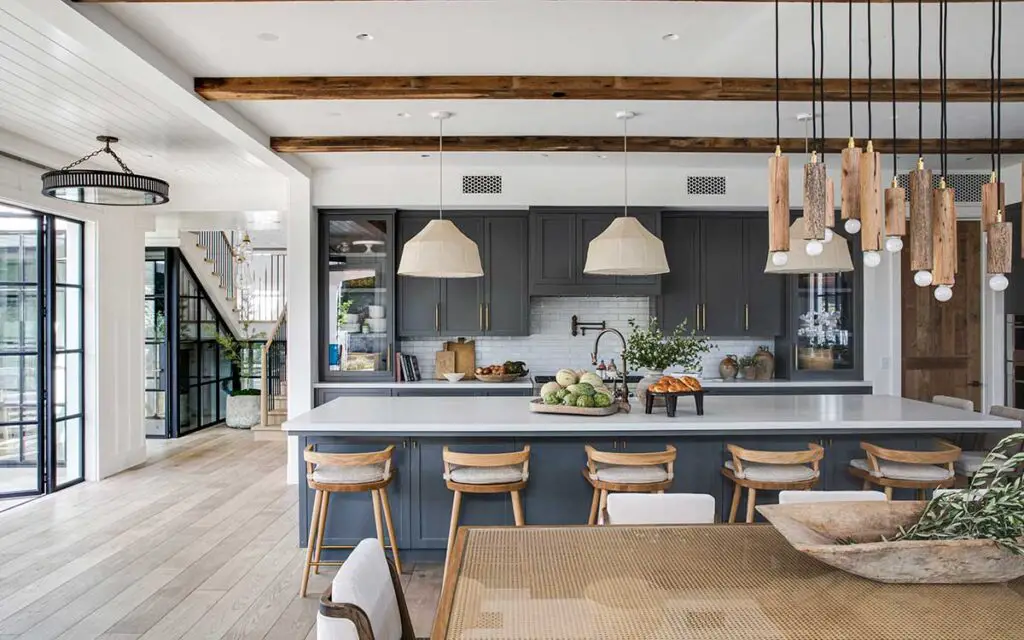
Chicago Window Repair: What to Consider
For those living in Chicago, where winters are harsh and summers can be sweltering, ensuring your windows are in top shape is especially important. Local professionals offering Chicago window repair services are familiar with the unique demands of the area’s climate. They can provide tailored advice on the best materials and techniques to use to ensure your windows are durable and energy-efficient.
Chicago’s weather can be tough on windows, especially with the constant temperature changes and windy conditions. Whether you need minor repairs or full replacements, working with a local expert can ensure your windows are prepared to handle the elements.
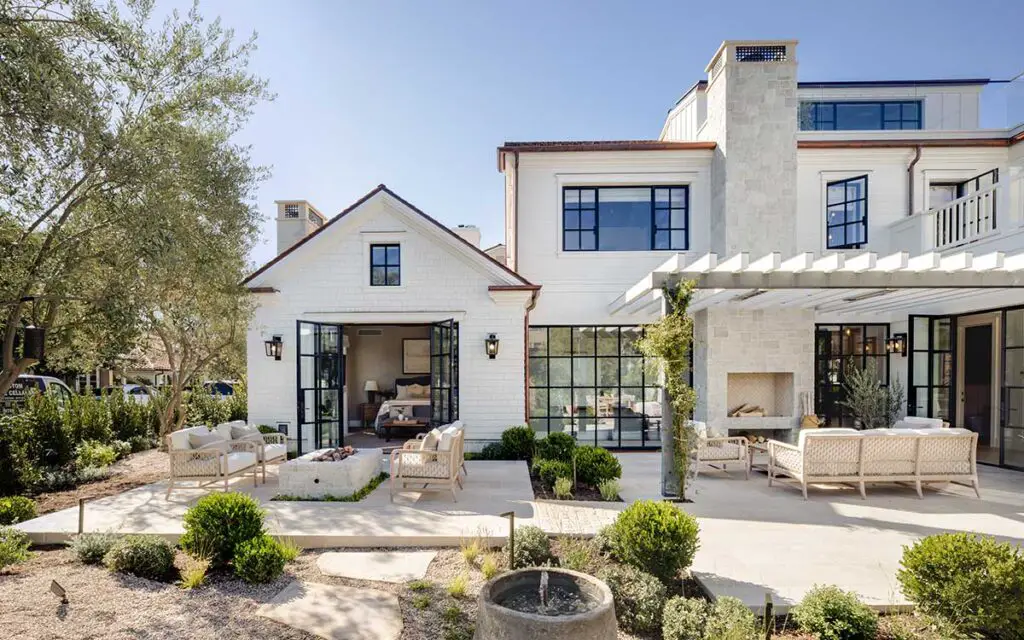
Conclusion
Windows are a crucial part of your home’s structure, providing light, insulation, and security. Whether you need windows repair for a minor issue or a full window installation service, addressing problems with your windows promptly can save you money and enhance the comfort of your home.
For homeowners in Chicago, local Chicago window repair experts can provide the guidance and services needed to ensure your windows are ready to withstand the region’s challenging weather. By investing in professional repair or replacement services, you’ll not only improve the appearance of your home but also its energy efficiency and overall value.
Thanks to Windows Repair for consulting.
